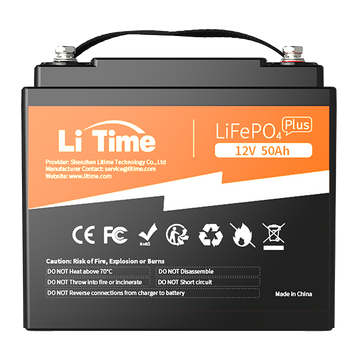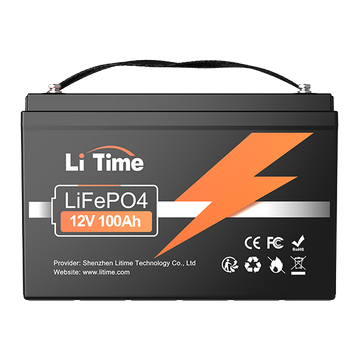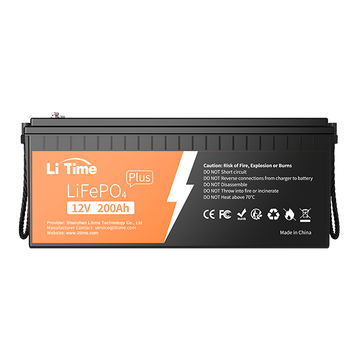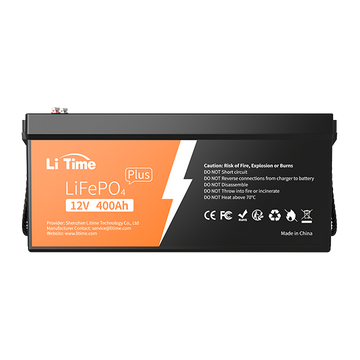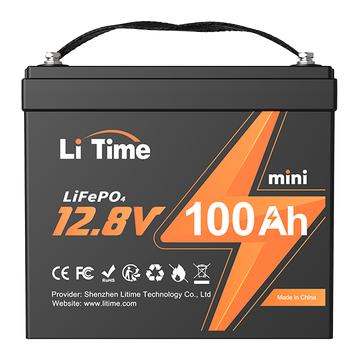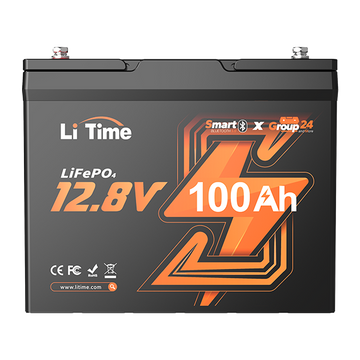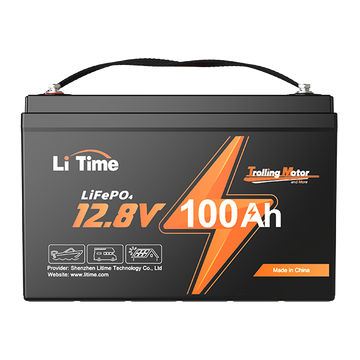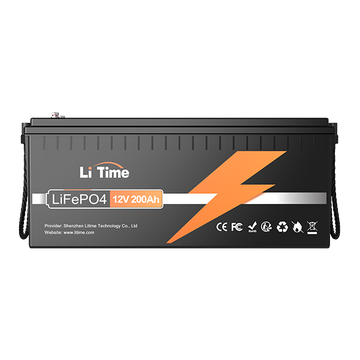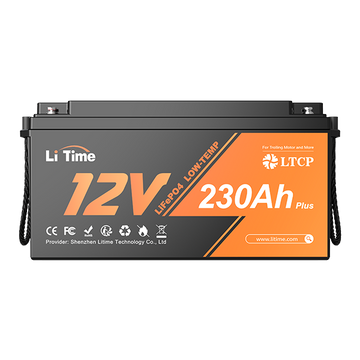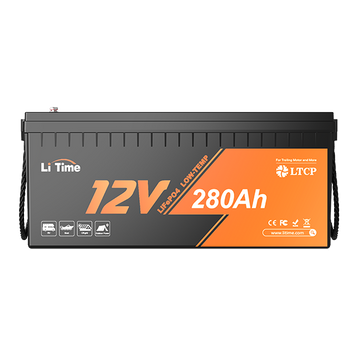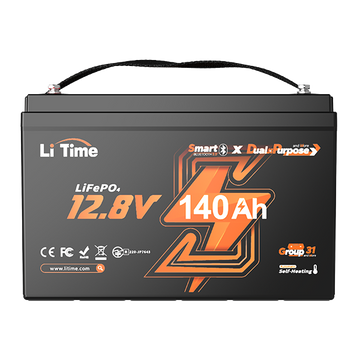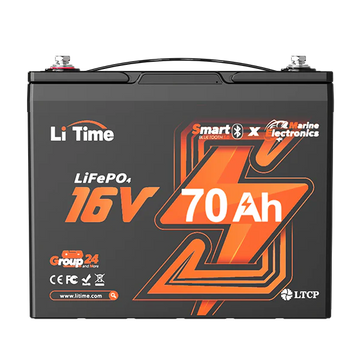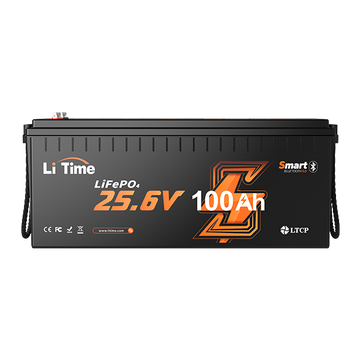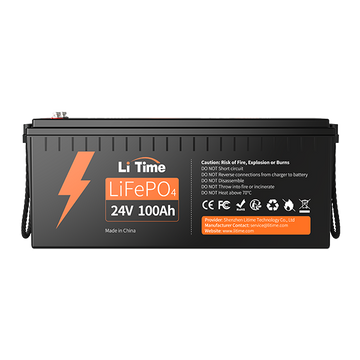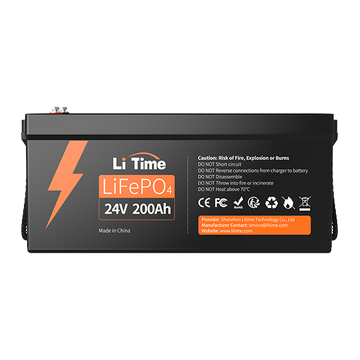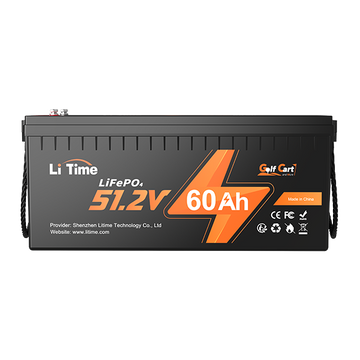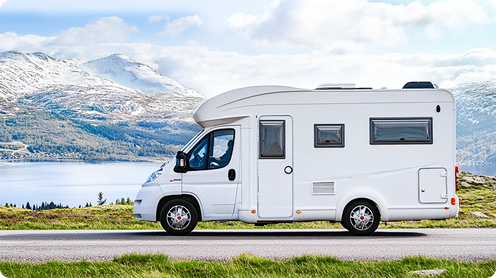Absorbed Glass Mat (AGM) deep cycle batteries are gaining popularity across Australia for their durability, maintenance-free design, and leak-proof performance. Whether you're powering a vehicle, living off-grid, or preparing for backup power, AGM batteries are a trusted choice. In this post, we’ll break down how they work, what sets them apart from traditional batteries, and what you need to know before buying.
Table of Content
- Absorbed Glass Mat Deep Cycle Batteries in Australia: Market Position and Policy Trends
- What Are Absorbed Glass Mat Deep Cycle Batteries?
- What Does the Inside of an AGM Battery Look Like?
- Common Types of AGM Batteries
- Absorbed Glass Mat Deep Cycle Batteries vs. Other Battery Technologies
- FAQs on Absorbed Glass Mat Deep Cycle Batteries
- Final Thoughts: AGM Works, But There's a Smarter Alternative
Absorbed Glass Mat Deep Cycle Batteries in Australia: Market Position and Policy Trends
As environmental regulations tighten and the focus on energy safety and efficiency grows, Australia’s energy and transport sectors are gradually shifting toward sealed, maintenance-free battery technologies. Thanks to their low leakage risk and safe transportability, AGM batteries often qualify for exemptions under the Australian Dangerous Goods Code (ADGC). This makes them easier and more cost-effective to use across a wide range of residential and commercial energy storage systems.

What Are Absorbed Glass Mat Deep Cycle Batteries?
AGM (Absorbed Glass Mat) batteries are a type of sealed lead-acid battery. Unlike traditional flooded lead-acid batteries, AGM batteries hold the electrolyte in absorbent fiberglass mats, eliminating the risk of leaks. This absorbent design not only creates a more compact structure but also improves chemical efficiency—resulting in better power stability, shock resistance, and temperature performance.
Compared to conventional flooded batteries, AGM batteries offer several key advantages:
- Completely maintenance-free – no need to top up fluids, and less risk of sulfation.
- Fast current response – ideal for high-start loads and peak power demands.
- Flexible installation – can be mounted sideways or at angles without leaking.
- Cold-weather friendly – low self-discharge makes them perfect for remote or off-grid setups like camping.
What Does the Inside of an AGM Battery Look Like?
An AGM battery is built with multiple sealed cells housed in a durable outer case. Inside each cell, positive and negative plates are tightly packed with a special fiberglass mat—known as the AGM separator—which soaks up the electrolyte like a sponge. This design eliminates free-flowing liquid, making the battery completely spill-proof and highly resistant to vibration.
At the top, the battery features a safety valve and flame arrestor that release excess gas when needed while preventing external ignition risks. The terminals connect the battery to your system, and the top lid and cover seal everything in place.
This dry, compact construction enhances both safety and energy density—allowing AGM batteries to deliver reliable power even in tight or rugged installation spaces.

Common Types of AGM Batteries
AGM batteries generally fall into two main categories based on their intended use:
- Deep cycle AGM batteries – Designed for long, steady power delivery. Commonly used in solar systems, RVs, boats, and other off-grid setups.
- Starting AGM batteries – Built for quick, high-current bursts. Ideal for start-stop vehicles and equipment with high surge demands.
While many people associate AGM batteries mainly with deep cycle applications, they’re also widely used in modern vehicles with frequent start-stop functions—thanks to their ability to handle repeated charge and discharge cycles with ease.
Absorbed Glass Mat Deep Cycle Batteries vs. Other Battery Technologies
AGM vs. Flooded Lead-Acid Batteries
Compared to traditional flooded batteries that require regular watering and maintenance, AGM batteries are completely sealed and maintenance-free. Their compact internal structure also results in a lower self-discharge rate, allowing for longer storage and easier transport. More importantly, AGM batteries support a deeper depth of discharge—up to 80% DoD—whereas flooded batteries are typically limited to around 50%, making AGM a significantly more efficient option.
AGM vs. Gel Batteries
Although both AGM and gel batteries fall under sealed lead-acid technologies, gel batteries use a thickened, thixotropic electrolyte, which can be less stable under high current discharge or in cold temperatures. AGM batteries, with their lower internal resistance and faster power delivery, are better suited for high-demand applications—and are often more affordable as well.

Comparisons on AGM and gel batteries from battery university
AGM vs. Lithium Batteries (LiFePO4)
When comparing cost, energy density, and weight, both AGM and lithium batteries have their advantages. Lithium batteries are smaller, lighter, and offer a much longer lifespan—making them a smart long-term investment. AGM batteries, on the other hand, are more budget-friendly upfront while still providing solid reliability and stable performance.
For a detailed comparison of the two in solar energy systems, check out the LiTime blog: How to Choose the Best Battery for a Solar Energy System.
Battery Weight Comparison: Why It Matters
In off-road travel, RV trips, and portable power setups, battery weight plays a crucial role. It affects everything from equipment load and fuel efficiency to installation flexibility. Take a typical 100Ah battery for example:
- A standard AGM battery weighs around 63.9 lbs
- The LiTime 12V 100Ah MINI lithium battery weighs only about 19 lbs
That's a difference of more than 50% — a major advantage for users dealing with towing limits, boat balance, or mobile power systems. Especially across Australia's vast outback or coastal adventures, every kilogram saved means better mobility and longer runtime.
The video below provides a clear side-by-side comparison between AGM and lithium batteries—feel free to check it out.
If you're preparing for Australia’s cooling autumn weather and looking for a more efficient, lightweight backup power source, the LiTime 12V 230Ah Lithium Battery and LiTime 12V 280Ah Lithium Battery are both excellent options. These two models are up to 200% lighter than equivalent lead-acid batteries, support 200A continuous discharge, and feature low-temperature protection, making them ideal for RV travel, marine use, and outdoor power needs where day–night temperature swings are common.
FAQs on Absorbed Glass Mat Deep Cycle Batteries
1. How long do AGM deep cycle batteries typically last?
The lifespan of an AGM battery depends on usage habits, depth of discharge, and basic maintenance. On average, you can expect around 500 to 1,000 charge cycles. To extend its life, avoid discharging the battery below 50% capacity and always recharge it promptly after use. Keeping it fully charged when in storage also helps prevent sulfation—a common cause of battery degradation.
2. Are AGM batteries suitable for off-grid solar systems in Australia?
Absolutely. AGM batteries are widely used in off-grid solar setups across Australia. Their sealed design allows for flexible installation, and their stable power output makes them a reliable choice for energy storage. Just be sure to use a charger or solar controller compatible with AGM chemistry to avoid overcharging and premature wear.
3. Are AGM batteries really maintenance-free? Anything to watch out for?
AGM batteries are maintenance-free in terms of electrolyte levels, but it’s still important to keep the terminals clean and check for any signs of swelling or physical damage. Using a charger specifically designed for AGM batteries will also help maintain battery health and performance over time.
4. Can AGM batteries be mounted in any position?
AGM batteries can be installed in various orientations—including upright, sideways, or on their end—thanks to their spill-proof design. However, mounting them upside down is not recommended, as it may interfere with pressure release valves and lead to venting issues. For larger batteries, side-mounting could also stress internal components, so it's best to follow the manufacturer's installation guidelines for safety and performance.
Final Thoughts: AGM Works, But There's a Smarter Alternative
AGM deep cycle batteries remain a solid and reliable solution in the Australian market, commonly used for home backup systems, 4WD setups, and off-grid energy storage. That said, if you're looking for a lighter, longer-lasting upgrade, LiTime lithium batteries are well worth considering. With a focus on LiFePO4 technology, LiTime offers products that deliver exceptional performance in energy density, lifespan, and durability—making them a top choice for the next generation of power users in Australia.
